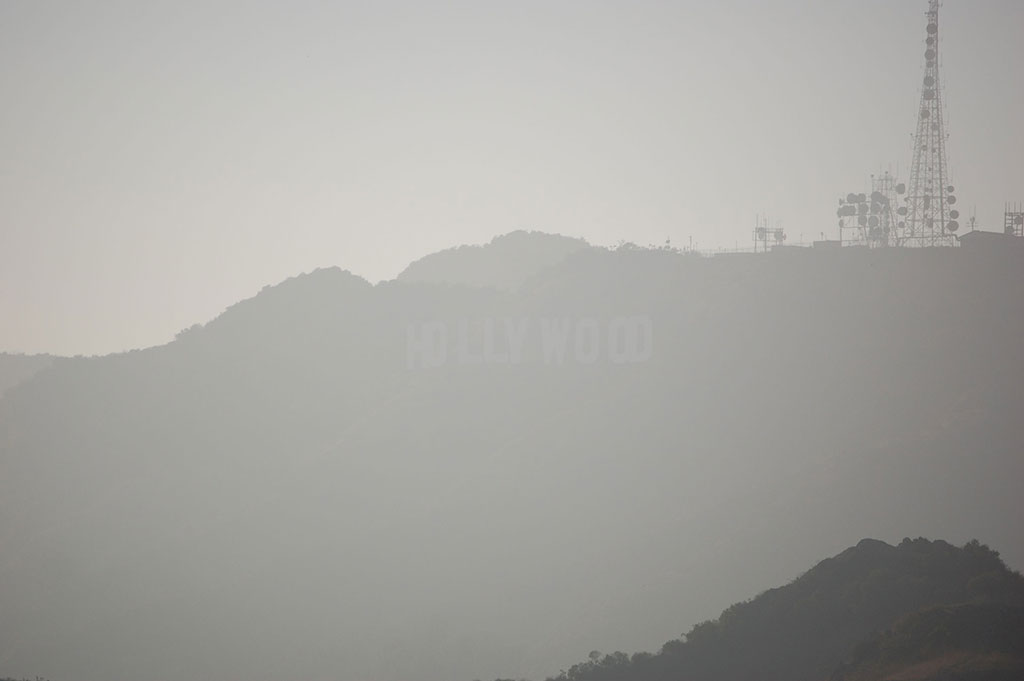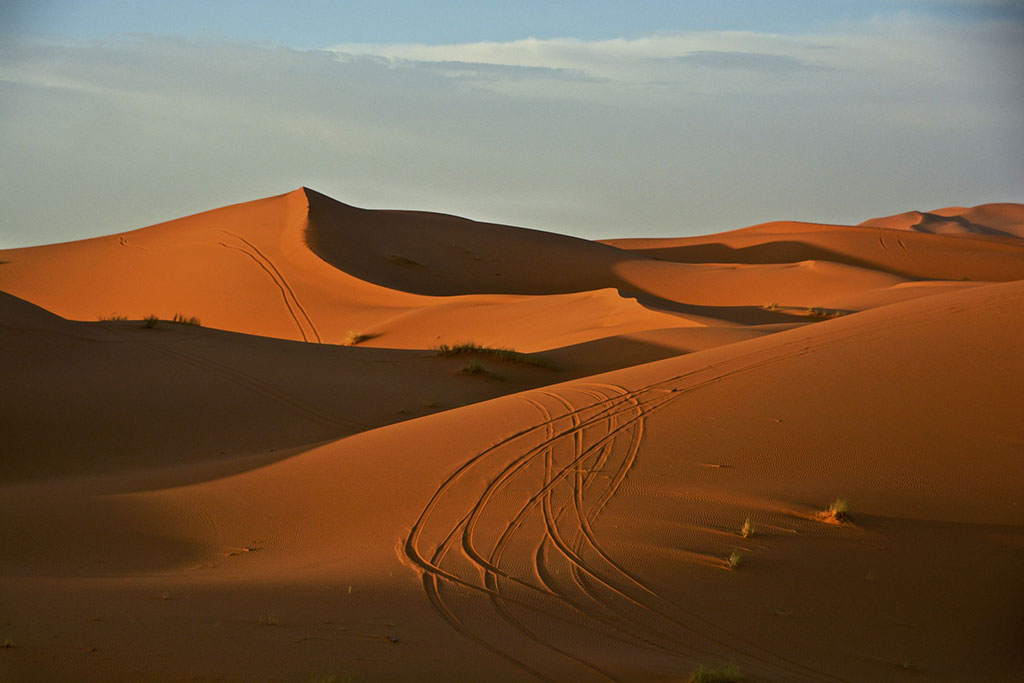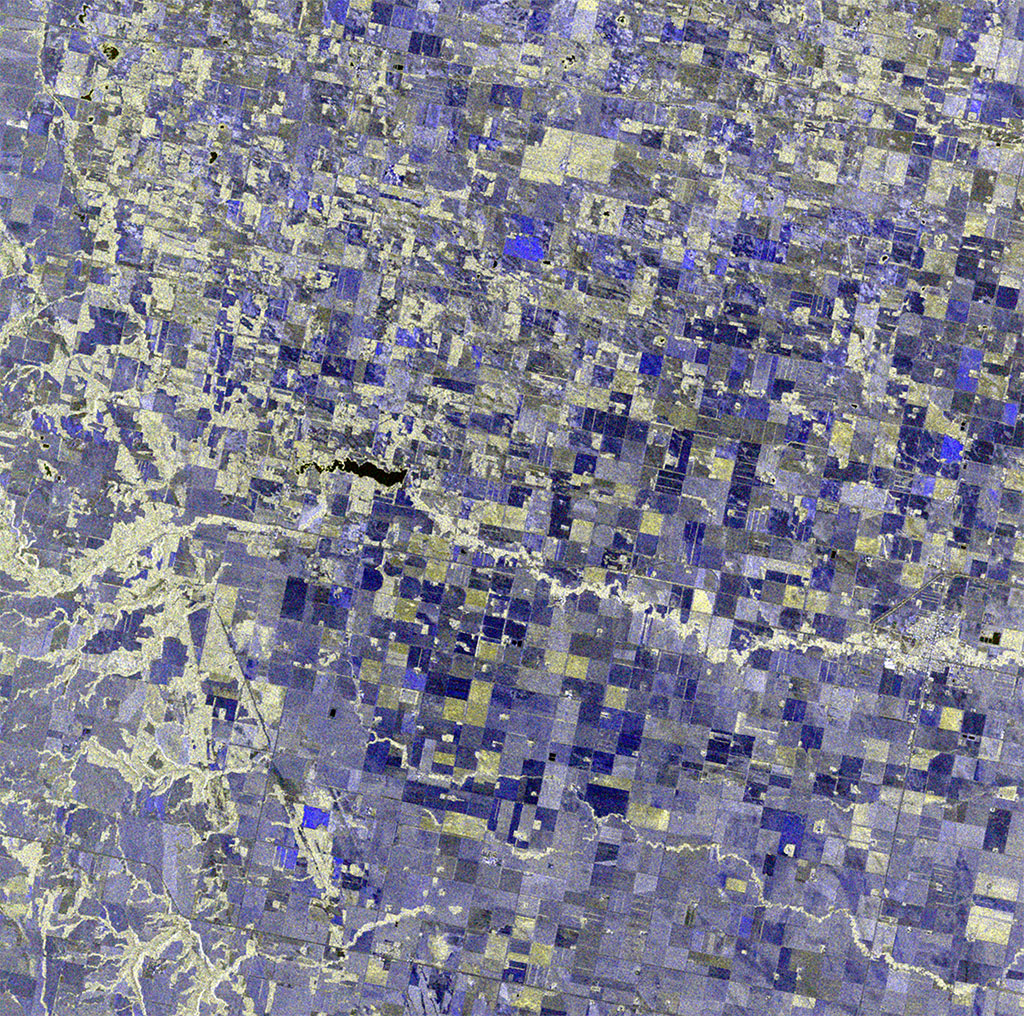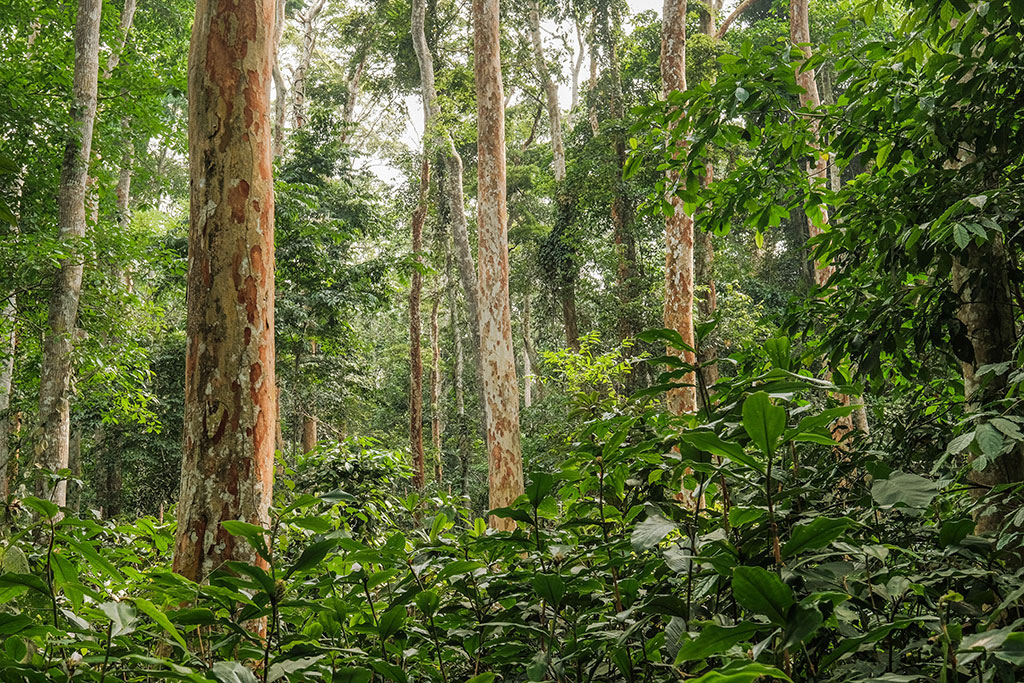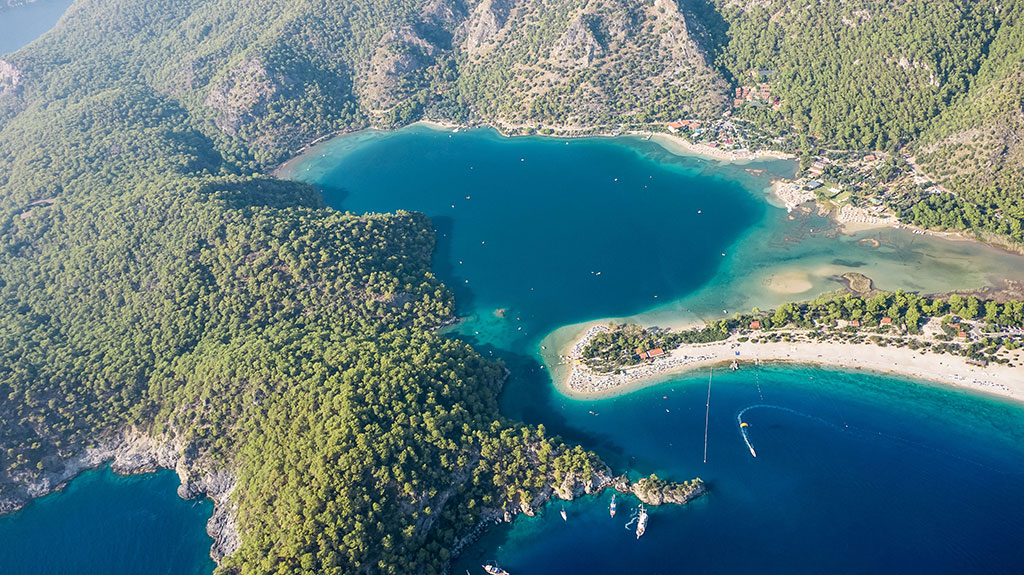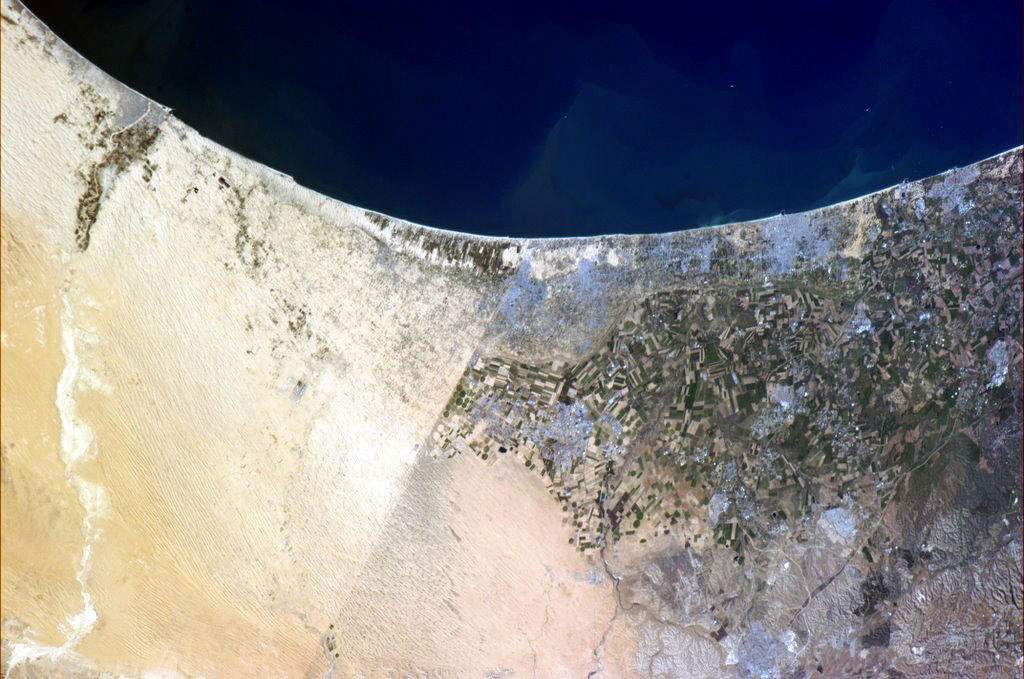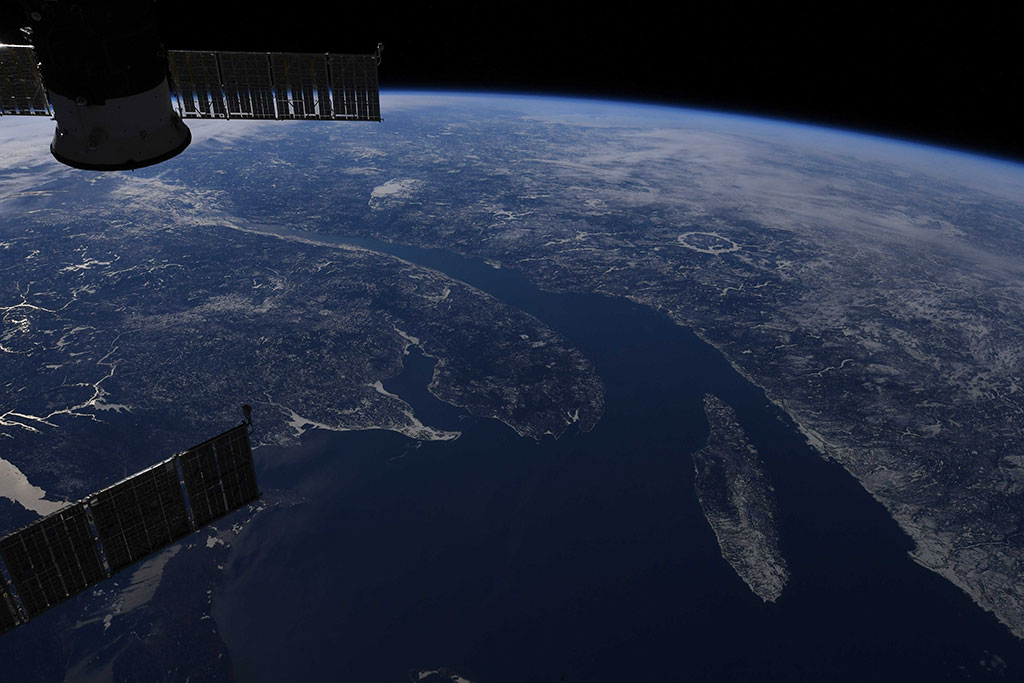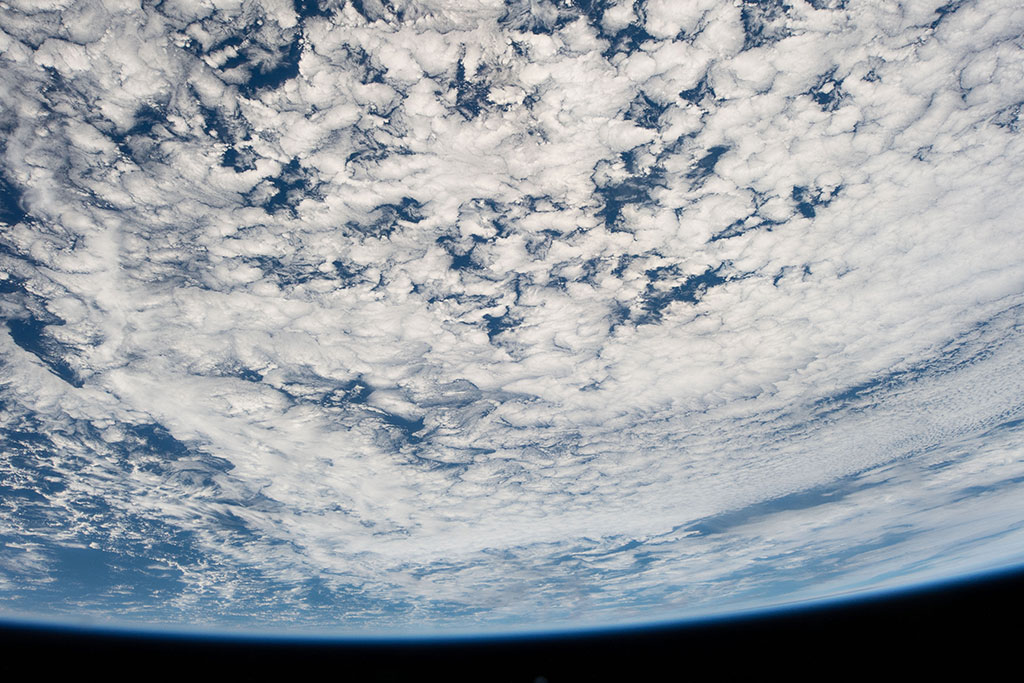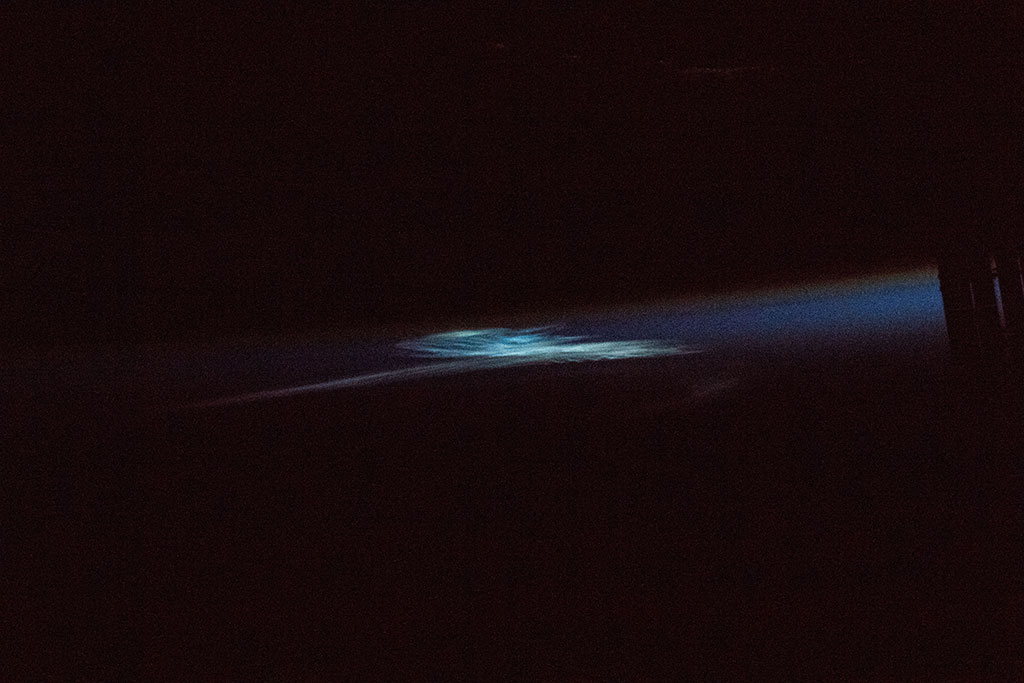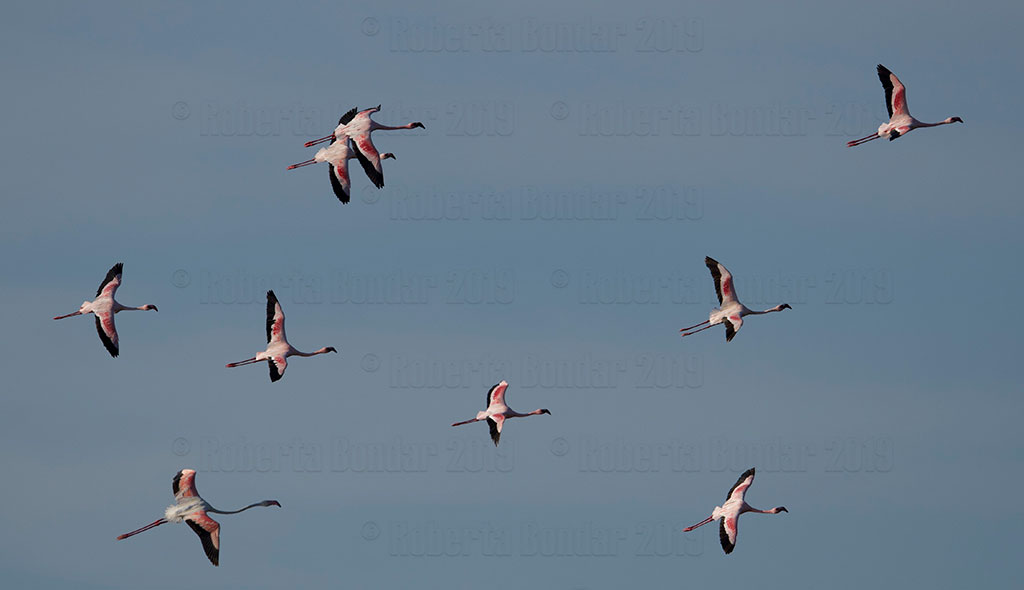 |
Meteorite impact craters!
|
2019-01-08 |
Landforms |
See the description
|
landforms1 |
landforms |
51.3843, -68.7001 |
 |
Islands and archipelagos: sunny and icy!
|
2019-01-08 |
Landforms |
See the description
|
landforms2 |
landforms |
28.2916,-16.6291 |
 |
Water as far as you can “sea!”
|
2019-01-08 |
Water bodies |
See the description
|
waterimage1 |
waterimage |
21,-73.6 |
 |
Air pollution and global warming
|
2019-01-15 |
Human footprint |
See the description
|
footprintimage1 |
footprintimage |
39.9042, 116.4074 |
 |
A tall glass of iceberg, please!
|
2019-01-15 |
Cryosphere |
See the description
|
cryoimage1 |
cryoimage |
-15.897056, -27.086444 |
 |
Canyons - the result of weathering and erosion!
|
2019-01-15 |
Landforms |
See the description
|
landforms3 |
landforms |
36, -112.5 |
 |
Coastal wetlands: migratory bird lifelines
|
2019-01-22 |
Bird migration |
See the description
|
birdmigration1 |
birdmigration |
28.411278,-95.942556 |
 |
The one-eyed monster
|
2019-01-22 |
Natural hazards, weather |
See the description
|
naturalhazard1 |
naturalhazard |
30.107667,-75.003306 |
 |
Aurora borealis – dancing polar lights
|
2019-01-22 |
Miscellaneous |
See the description
|
misc1 |
misc |
67.643694, 22.237806 |
 |
Sand dunes are truly unique!
|
2019-01-30 |
Landforms |
See the description
|
landforms4 |
landforms |
-24.799111, 15.121139 |
 |
I hope you packed your rain gear!
|
2019-01-30 |
Natural hazards, weather |
See the description
|
naturalhazard2 |
naturalhazard |
18.110361, 102.233806 |
 |
From the Rockies to the Alps
|
2019-01-30 |
Landforms |
See the description
|
landforms5 |
landforms |
-28.123778, -69.657528 |
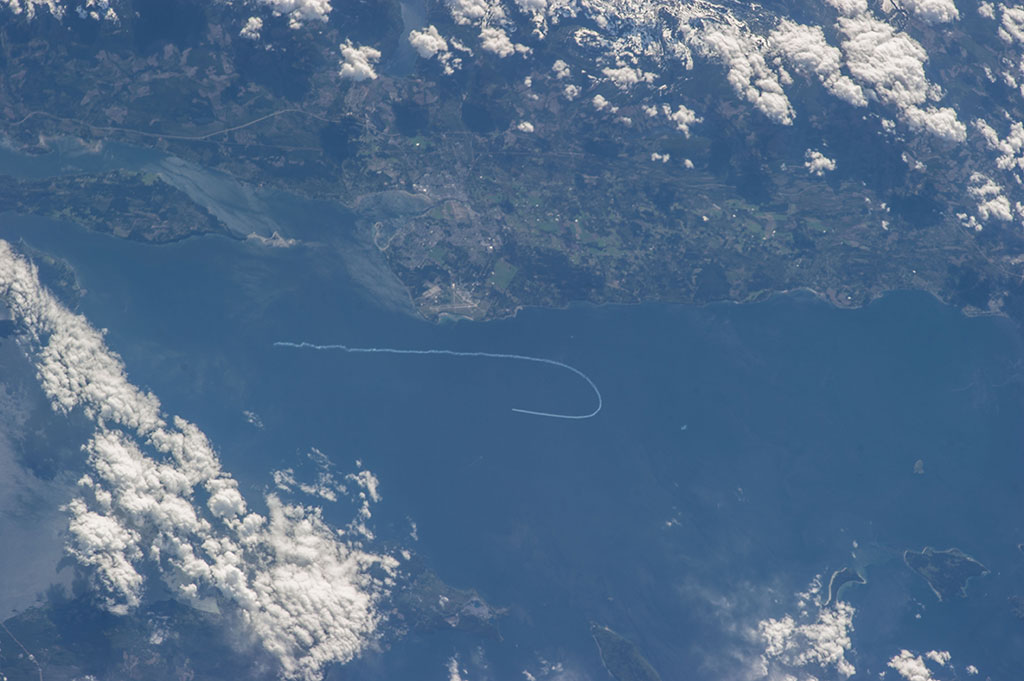 |
Cruising above the clouds
|
2019-02-05 |
Human footprint |
See the description
|
footprintimage2 |
footprintimage |
49.675111, -124.931806 |
 |
The mountains of fire
|
2019-02-05 |
Landforms |
See the description
|
landforms6 |
landforms |
46.715222, -121.284583 |
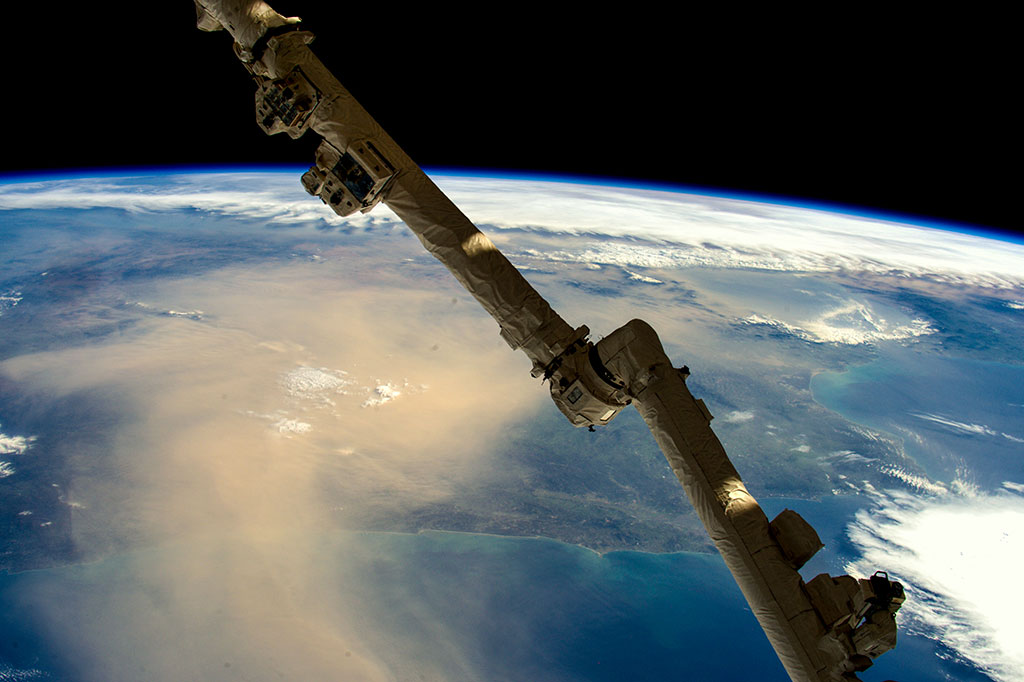 |
Dust storms - a meteorological mess!
|
2019-02-05 |
Natural hazards, weather |
See the description
|
naturalhazard3 |
naturalhazard |
40.150278, -4.829389 |
 |
Down by the bay, where the watermelons grow…
|
2019-02-12 |
Water bodies |
See the description
|
waterimage2 |
waterimage |
14.06750044, 87.42304085 |
 |
Water in deserts
|
2019-02-12 |
Terrestrial biomes |
See the description
|
biomeimage1 |
biomeimage |
24.869944, 17.354417 |
 |
Deltas: where rivers meet the sea
|
2019-02-12 |
Landforms |
See the description
|
landforms7 |
landforms |
31.037000, 30.952806 |
 |
Interior wetlands: shrinking footholds
|
2019-02-19 |
Bird migration |
See the description
|
birdmigration2 |
birdmigration |
51.333333, -105.250556 |
 |
Growing crops in the desert
|
2019-02-19 |
Human footprint |
See the description
|
footprintimage3 |
footprintimage |
21.623028, 50.107917 |
 |
Preserving dark skies for stargazing
|
2019-02-19 |
Human footprint |
See the description
|
footprintimage4 |
footprintimage |
43.725389, -79.389972 |
 |
Ice on the Great Lakes
|
2019-02-26 |
Cryosphere |
See the description
|
cryoimage2 |
cryoimage |
45.428056, -86.081444 |
 |
Global impacts of volcanic eruptions
|
2019-02-26 |
Natural hazards, weather |
See the description
|
naturalhazard4 |
naturalhazard |
19.816444, -155.477222 |
 |
Meandering rivers: wet wanderers
|
2019-02-26 |
Water bodies |
See the description
|
waterimage3 |
waterimage |
15.727278, -13.243667 |
 |
Beaches - waves of activity and life!
|
2019-03-05 |
Landforms |
See the description
|
landforms8 |
landforms |
46.491250, -63.352250 |
 |
Facts about cracks!
|
2019-03-05 |
Landforms |
See the description
|
landforms9 |
landforms |
48.900000, -121.200000 |
 |
Sea ice and its ongoing disappearing act
|
2019-03-05 |
Cryosphere |
See the description
|
cryoimage3 |
cryoimage |
57.116111, -83.225444 |
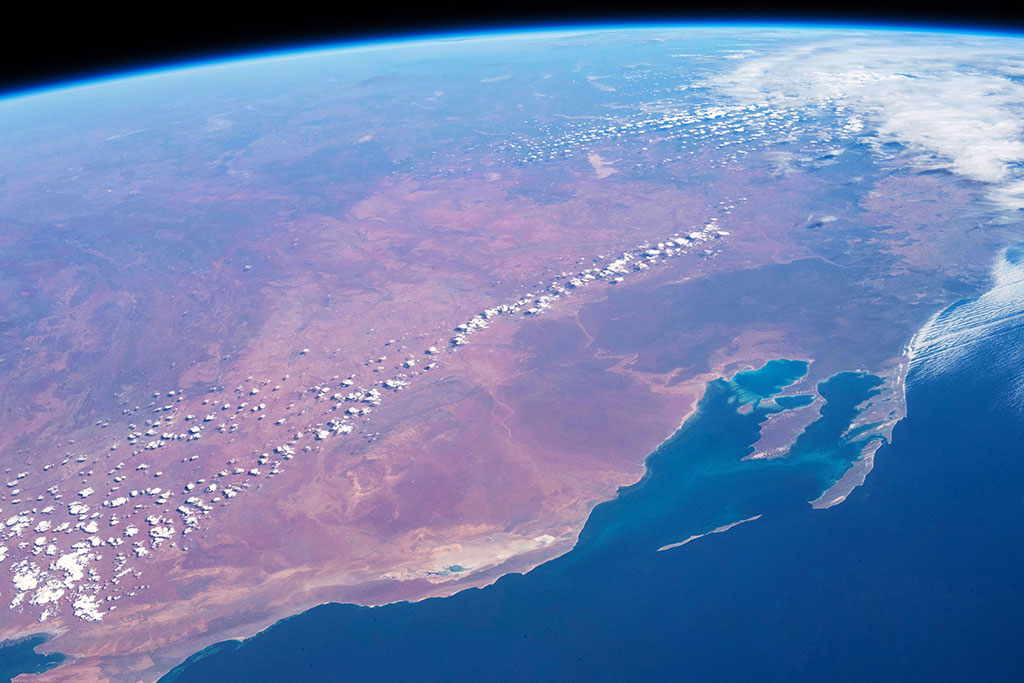 |
Chaparral biomes help us detect climate change
|
2019-03-12 |
Terrestrial biomes |
See the description
|
biomeimage2 |
biomeimage |
-34.349917, 116.217806 |
 |
The Great Green Wall - fighting desertification
|
2019-03-12 |
Natural hazards, weather |
See the description
|
naturalhazard5 |
naturalhazard |
14.032917, 33.166667 |
 |
Urbanization: people moving to the cities
|
2019-03-12 |
Human footprint |
See the description
|
footprintimage5 |
footprintimage |
12.641750, -8.003667 |
 |
Braided rivers: when a river channel multiplies
|
2019-03-19 |
Water bodies |
See the description
|
waterimage4 |
waterimage |
-17.533778, 47.327944 |
 |
Glaciers: When the ice flows
|
2019-03-19 |
Cryosphere |
See the description
|
cryoimage4 |
cryoimage |
-50.942222, -73.500083 |
 |
Wildfires – signs of a changing climate
|
2019-03-19 |
Natural hazards, weather |
See the description
|
naturalhazard6 |
naturalhazard |
51.078694, -115.355167 |
 |
Salt pans: all dried up!
|
2019-03-26 |
Landforms |
See the description
|
landforms10 |
landforms |
-20.210500, -67.494806 |
 |
From coast to coast to coast - Canada's oceans
|
2019-03-26 |
Water bodies |
See the description
|
waterimage5 |
waterimage |
44.965861, -150.436139 |
 |
Boom! Clap!
|
2019-03-26 |
Natural hazards, weather |
See the description
|
naturalhazard7 |
naturalhazard |
32.780972, -96.797361 |
 |
From farm to table
|
2019-04-02 |
Human footprint |
See the description
|
footprintimage6 |
footprintimage |
49.509639, -97.998389 |
 |
Deforestation - the permanent destruction of forests
|
2019-04-02 |
Human footprint |
See the description
|
footprintimage7 |
footprintimage |
-3.623972, -64.993083 |
 |
Wetlands are a superpower ecosystem
|
2019-04-02 |
Landforms |
See the description
|
landforms11 |
landforms |
45.148556, 29.330222 |
 |
Let it snow, let it snow, let it snow...
|
2019-04-09 |
Cryosphere |
See the description
|
cryoimage5 |
cryoimage |
51.455806, -125.884667 |
 |
Savannah - where the grass isn't always greener
|
2019-04-09 |
Terrestrial biomes |
See the description
|
biomeimage3 |
biomeimage |
-27.296167, 29.886444 |
 |
Lush and green rainforests
|
2019-04-09 |
Terrestrial biomes |
See the description
|
biomeimage4 |
biomeimage |
0.176472, 18.041222 |
 |
Lagoons: always monster free!
|
2019-04-16 |
Water bodies |
See the description
|
waterimage6 |
waterimage |
-22.199111, -67.759889 |
 |
Maritime shipping - moving people and freight over water
|
2019-04-16 |
Human footprint |
See the description
|
footprintimage8 |
footprintimage |
35.932028, -5.735361 |
 |
Using the sun's energy
|
2019-04-16 |
Human footprint |
See the description
|
footprintimage9 |
footprintimage |
35.387722, -120.064917 |
 |
Lake of Salt and Soda: Birthplace of the Lesser Flamingo
|
2019-04-23 |
Bird migration |
See the description
|
birdmigration3 |
birdmigration |
-2.394500, 36.025583 |
 |
Lakes - the gems of the world
|
2019-04-23 |
Water bodies |
See the description
|
waterimage7 |
waterimage |
54.069639, 108.796111 |
 |
Landslides - the biggest and fastest slides on Earth!
|
2019-04-23 |
Natural hazards, weather |
See the description
|
naturalhazard8 |
naturalhazard |
-20.125361, -44.252528 |
 |
Borders, are they visible from space?
|
2019-04-30 |
Human footprint |
See the description
|
footprintimage10 |
footprintimage |
37.077861, 124.535278 |
 |
Fishing: Canada's coastal industry
|
2019-04-30 |
Human footprint |
See the description
|
footprintimage11 |
footprintimage |
10.455861, 107.780861 |
 |
Peninsulas, the “almost islands”
|
2019-04-30 |
Landforms |
See the description
|
landforms12 |
landforms |
21.997750, 46.479333 |
 |
Clouds: wonders of the atmosphere
|
2019-05-06 |
Natural hazards, weather |
See the description
|
naturalhazard9 |
naturalhazard |
-12.044361, 79.575333 |
 |
Why does the Earth suddenly shake?
|
2019-05-06 |
Natural hazards, weather |
See the description
|
naturalhazard10 |
naturalhazard |
11.396833, 123.874917 |
 |
What is a strait anyway?
|
2019-05-06 |
Water bodies |
See the description
|
waterimage8 |
waterimage |
41.302528, 9.213528 |
 |
How can you fold a mountainside?
|
2019-05-14 |
Landforms |
See the description
|
landforms13 |
landforms |
40.347472,-77.655250 |
 |
Hit the road!
|
2019-05-14 |
Human footprint |
See the description
|
footprintimage12 |
footprintimage |
48.868389, 2.357722 |
 |
Forecasting space weather helps to keep lights on
|
2019-05-14 |
Human footprint |
See the description
|
footprintimage13 |
footprintimage |
53.782500, -77.531944 |
 |
Take a plunge to see the coral reefs
|
2019-05-21 |
Landforms |
See the description
|
landforms14 |
landforms |
-18.996417,148.221389 |
 |
Rift Valley Lakes: Lesser Flamingo Hangouts
|
2019-05-21 |
Bird migration |
See the description
|
birdmigration4 |
birdmigration |
0.247556, 36.108528 |
 |
Tropical forests can be dry too!
|
2019-05-21 |
Terrestrial biomes |
See the description
|
biomeimage5 |
biomeimage |
-19.293306, 46.328056 |
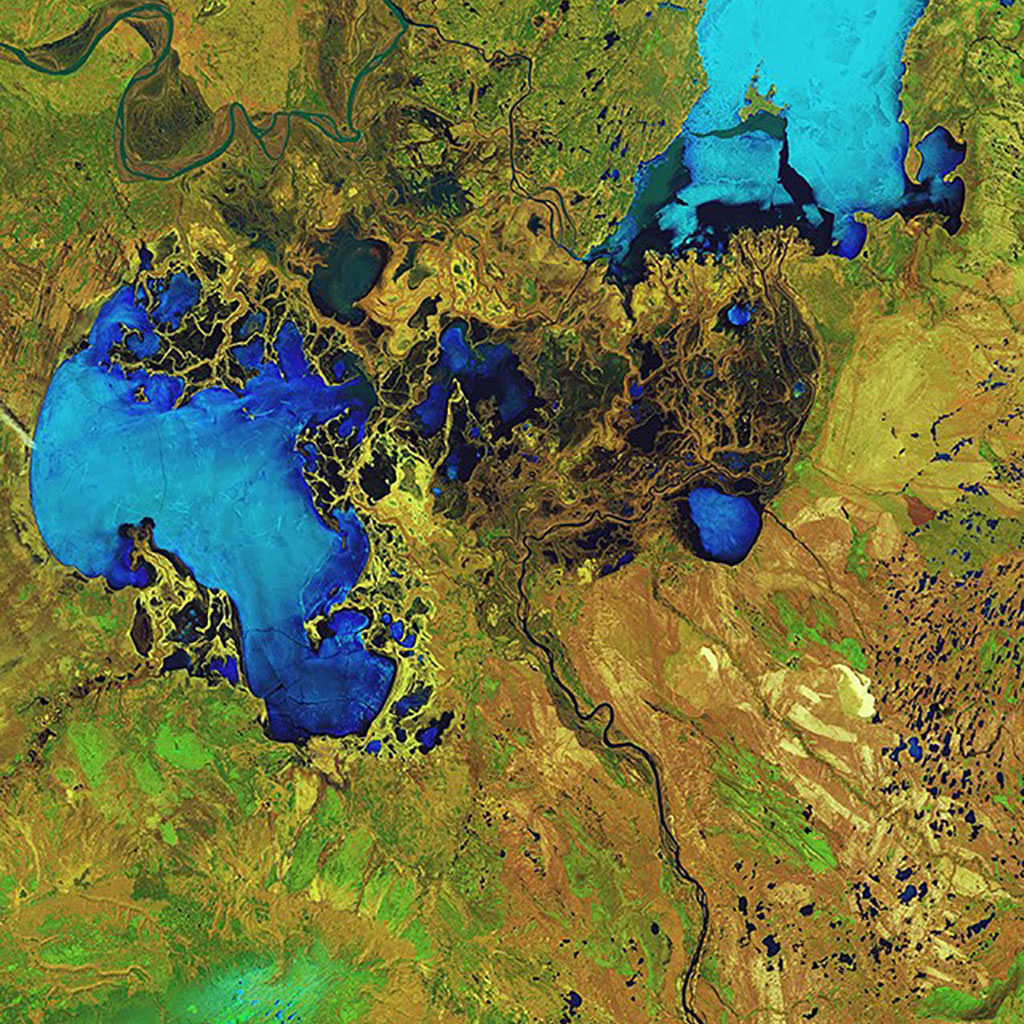 |
Monitoring oil use from space
|
2019-05-28 |
Human footprint |
See the description
|
footprintimage14 |
footprintimage |
57.138944, -111.524056 |
 |
Mining: digging for Earth's buried treasure
|
2019-05-28 |
Human footprint |
See the description
|
footprintimage15 |
footprintimage |
51.072694, 6.464500 |
 |
Home of the mighty maple tree!
|
2019-05-28 |
Terrestrial biomes |
See the description
|
biomeimage6 |
biomeimage |
35.442528, -79.973361 |
 |
Behold the awesome power of water!
|
2019-06-04 |
Landforms |
See the description
|
landforms15 |
landforms |
-17.924139,25.858889 |
 |
Preserving Canada's landscapes
|
2019-06-04 |
Miscellaneous |
See the description
|
misc2 |
misc |
52.470028, -131.553583 |
 |
Relic glacier forms - ancient beauties
|
2019-06-04 |
Landforms |
See the description
|
landforms16 |
landforms |
73.072750,-79.780083 |
 |
The danger of thawing permafrost
|
2019-06-11 |
Cryosphere |
See the description
|
cryoimage6 |
cryoimage |
69.992750, 70.060028 |
 |
Sinkholes - stay back!
|
2019-06-11 |
Landforms |
See the description
|
landforms17 |
landforms |
17.311333,-87.537167 |
 |
Tundras, the treeless forests
|
2019-06-11 |
Terrestrial biomes |
See the description
|
biomeimage7 |
biomeimage |
60.854250, 70.656639 |
 |
Boreal forest - the spruce-moose biome!
|
2019-06-18 |
Terrestrial biomes |
See the description
|
biomeimage8 |
biomeimage |
53.456750, -58.310611 |
 |
Protecting Canada's underwater world
|
2019-06-18 |
Miscellaneous |
See the description
|
misc3 |
misc |
45.260333, -81.651083 |
 |
Temperate rainforests: bring an umbrella!
|
2019-06-18 |
Terrestrial biomes |
See the description
|
biomeimage9 |
biomeimage |
-41.727111, 172.048806 |
 |
Boreal peatlands help keep the Earth cool
|
2019-06-25 |
Landforms |
See the description
|
landforms18 |
landforms |
-34.529000,150.595722 |
 |
Oil under the ocean—and on it
|
2019-06-25 |
Human footprint |
See the description
|
footprintimage16 |
footprintimage |
29.501833, -93.771528 |
 |
Grassy ecosystems
|
2019-06-25 |
Terrestrial biomes |
See the description
|
biomeimage10 |
biomeimage |
48.217222, 39.708000 |
















































































